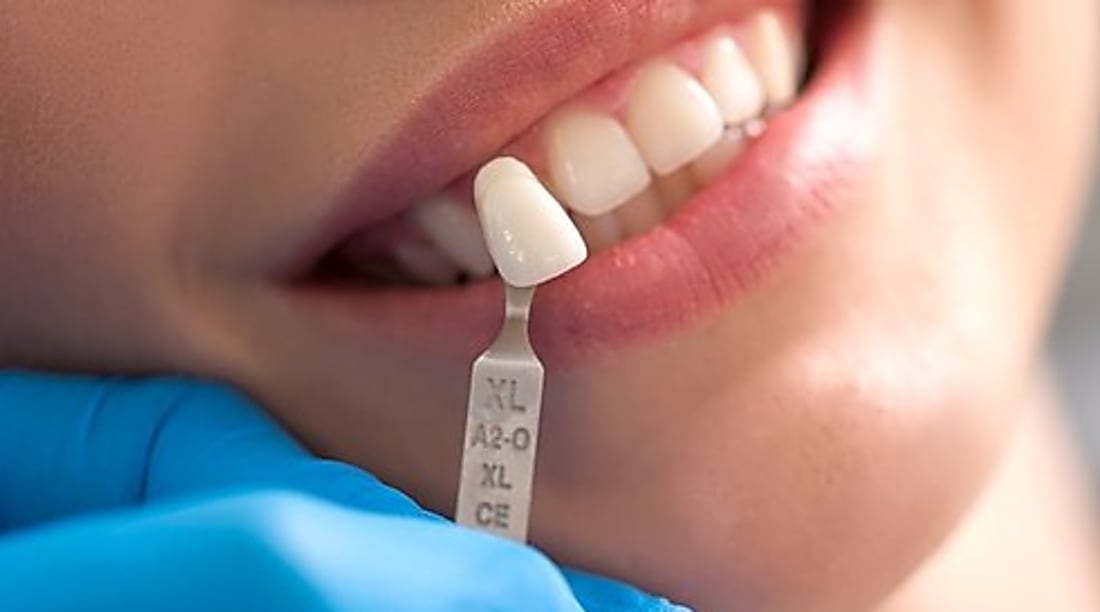Invisible Dentures: A Complete Cost-vs-Benefit Guide
Invisible dentures may offer a discreet alternative for full or partial tooth replacement. Understanding materials, fit, and long-term maintenance provides a clearer view of expected costs and overall benefits, helping individuals make informed decisions about their dental care.

Invisible dentures have transformed the landscape of dental prosthetics by offering solutions that are virtually undetectable to others. These devices combine sophisticated design with modern materials to create tooth replacements that restore both function and confidence. As more people explore alternatives to traditional dentures, understanding what makes these options invisible, how much they cost, and what daily life with them entails becomes increasingly important.
Materials and Design Features
The invisibility of modern dentures stems primarily from their material composition and structural design. High-quality invisible dentures typically utilize flexible thermoplastic nylon materials such as Valplast or similar alternatives that eliminate the need for metal clasps. These materials are lightweight, biocompatible, and can be tinted to match the natural color of gum tissue with remarkable precision.
Another popular approach involves precision partial dentures that use tooth-colored clasps or attachments instead of metal components. Some designs incorporate clear acrylic frameworks or utilize existing teeth as anchors through carefully positioned rests that remain hidden from view. The base material often features multiple layers with varying translucency to mimic the natural appearance of gum tissue, including subtle color variations and texture.
Advanced fabrication techniques, including digital scanning and computer-aided design, allow dental professionals to create dentures with exceptional fit and natural contours. This precision reduces bulkiness and ensures the prosthetic sits naturally within the mouth, further enhancing the invisible effect. The artificial teeth themselves are crafted from high-grade porcelain or composite resins that replicate the translucency, shading, and surface characteristics of natural tooth enamel.
Cost Factors and Long-Term Value
The financial investment in invisible dentures varies significantly based on materials, complexity, geographic location, and the dental professional’s expertise. Understanding these cost factors helps prospective patients budget appropriately and evaluate long-term value.
Flexible partial dentures typically range from approximately $700 to $3,000 per arch, depending on the number of teeth being replaced and the specific material used. Precision attachments and custom-designed invisible partials can cost between $1,500 and $4,500 per arch. Full sets of premium invisible dentures with advanced aesthetics may range from $2,000 to $8,000 or more, particularly when incorporating implant support or specialized design features.
Geographic location significantly impacts pricing, with urban dental practices and specialist prosthodontists generally charging higher fees than general dentists in rural areas. Laboratory fees, which constitute a substantial portion of the total cost, also vary based on the technician’s skill level and the complexity of the case.
| Denture Type | Provider/Material | Cost Estimation |
|---|---|---|
| Flexible Partial (Single Arch) | Valplast/TCS Materials | $700 - $3,000 |
| Precision Attachment Partial | Custom Laboratory Work | $1,500 - $4,500 |
| Full Premium Invisible Set | Advanced Aesthetic Design | $2,000 - $8,000+ |
| Implant-Supported Invisible | Hybrid Fixed-Removable | $5,000 - $15,000+ |
Prices, rates, or cost estimates mentioned in this article are based on the latest available information but may change over time. Independent research is advised before making financial decisions.
When evaluating long-term value, consider that invisible dentures typically require replacement every five to seven years, though this timeline varies with care quality and material durability. Flexible materials may lose their elasticity over time, while precision attachments might need periodic adjustment. However, the psychological and social benefits of natural-looking tooth replacement often justify the higher initial investment for many patients. Additionally, some dental insurance plans provide partial coverage for dentures, though coverage for premium invisible options may be limited to the cost of conventional alternatives.
Maintenance and Everyday Comfort
Daily care for invisible dentures requires specific attention to preserve both their appearance and structural integrity. Unlike traditional dentures, flexible materials and specialized components demand gentle handling and appropriate cleaning products. Most manufacturers recommend non-abrasive cleaners specifically formulated for flexible dentures, as regular toothpaste can cause surface scratching that diminishes the invisible effect.
Cleaning should occur at least twice daily using a soft-bristled brush and lukewarm water. Hot water must be avoided, as it can warp flexible materials and compromise the fit. Soaking solutions designed for flexible dentures help remove bacteria and prevent staining, though bleach-based products should never be used as they can discolor the material or weaken its structure.
Comfort levels with invisible dentures generally exceed those of traditional options due to their lighter weight and reduced bulk. The flexible materials adapt to mouth movements, creating a more natural feel during speaking and eating. However, an adjustment period of several days to a few weeks is normal as the mouth adapts to the prosthetic. Some patients initially experience minor speech changes or increased saliva production, though these issues typically resolve quickly.
Eating with invisible dentures requires some adaptation, particularly with very hard or sticky foods. Starting with softer foods and gradually introducing more challenging textures helps build confidence and allows patients to understand their dentures’ capabilities. The absence of metal clasps eliminates concerns about visible components when smiling or laughing, significantly enhancing social comfort.
Regular dental checkups remain essential, typically every six months, to assess fit, check for wear, and ensure underlying oral tissues remain healthy. Over time, natural bone resorption may affect denture fit, necessitating relines or adjustments to maintain optimal comfort and function. Proper storage when not wearing the dentures—typically in water or denture solution in a covered container—prevents warping and maintains material integrity.
Invisible dentures represent a significant advancement in dental prosthetics, offering aesthetic solutions that restore both function and confidence. While the investment exceeds that of traditional options, the combination of natural appearance, improved comfort, and psychological benefits makes them an attractive choice for many individuals seeking tooth replacement. By understanding the materials, costs, and care requirements, patients can make informed decisions that align with their personal needs and lifestyle expectations.




